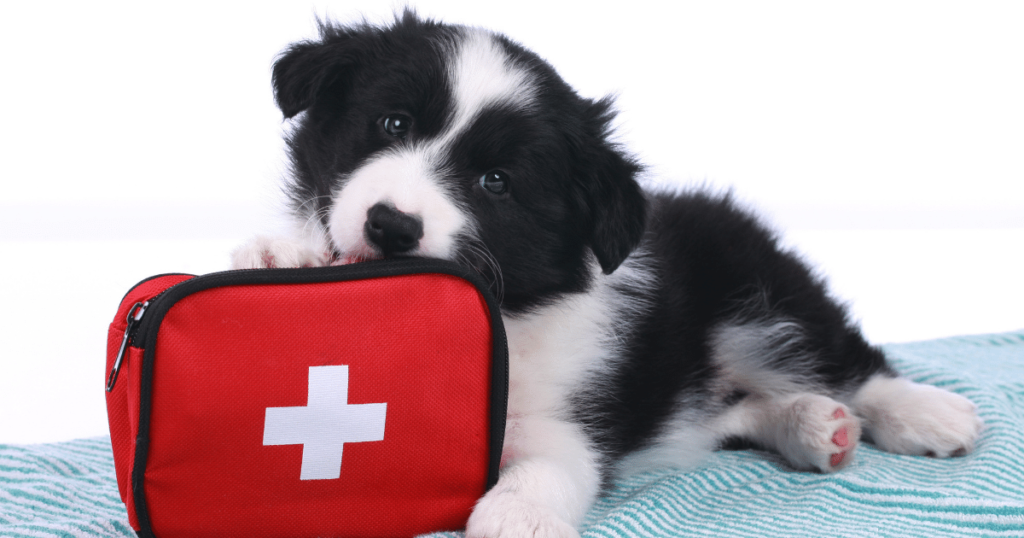Atlantic hurricane season is a good reminder that everyone should prepare this potentially lifesaving kit
By Consumer Reports Last updated: July 05, 2021
A well-stocked Medication Go Bag can be used to soothe a cut or burn—or to save your life during a hurricane, flood, fire, or other emergencies.
But it’s important not to wait until you’re faced with the need to leave your home in a hurry to assemble your medication go bag, says Geoffrey C. Wall, Pharm.D., a professor of pharmacy practice at Drake University in Des Moines, Iowa.
Whether you buy a kit from a drugstore or build it yourself, Wall recommends that all households keep a medication go bag on hand. It should contain the essentials, including:
- At least seven days’ worth of over-the-counter and prescription medications you take on a regular basis. Label the containers clearly, and include a printed-out list of everything you take and the regimen for each medication, plus a copy of your health insurance card (in case you need medical care while you’re away from your home).
- An antihistamine for allergic reactions, such as diphenhydramine (Benadryl Allergy and generic) or loratadine (Claritin and generic).
- Pain relievers, including acetaminophen (Tylenol and generic), aspirin, ibuprofen (Advil, Motrin IB, and generic), or naproxen (Aleve and generic).
- Stomach and antidiarrheal remedies, including loperamide (Imodium and generic) and bismuth subsalicylate (Kaopectate, Pepto-Bismol, and generic).
- An antacid for heartburn, such as Maalox, Mylanta, Rolaids, Tums, or generic.
- Antiseptic wipes; an antibiotic ointment such as Neosporin, Bacitracin Plus, Curad, or generic (use only for infected wounds); and bandages, gauze, and tape, for treating burns, cuts, and wounds.
- Mosquito repellent to prevent bites, and aloe gel, hydrocortisone cream, or calamine lotion to soothe bites and skin irritation.
- An eyewash solution for flushing out eye irritants.
- Water-purification tablets.
- Scissors.
- Thermometer.
- Tweezers.
If you and your family have special medical needs, you can build a more sophisticated medication go bag—for example, one that contains hearing aids with extra batteries, an epinephrine auto-injector, glasses, contact lenses, or syringes.
Fill Prescriptions in Advance
For prescriptions, you and your family members take, consider asking your doctor for 60- or 90-day refills rather than a month’s worth. That way, you’re more likely to have extras on hand for your medication go bag. (This can also save you money.)
Always fill prescriptions on the first day you become eligible for a refill, rather than waiting until the day you run out. If you are able to obtain an emergency supply, establish a plan for rotating your go-bag supply so that it remains up to date. And remember to check medications periodically to ensure that they have not expired.
“During an emergency, some states allow pharmacists to dispense an emergency supply of medications without doctor authorization,” Wall says. But, he adds, “certainly if a known potential disaster, such as a hurricane, is predicted, make sure you have prescription meds and supplies before it hits.”
You might also ask your health insurance company to assist you in obtaining enough medication and supplies to have on hand.
Storing and Maintaining Your Kit
Click here for the rest of the story…



















































